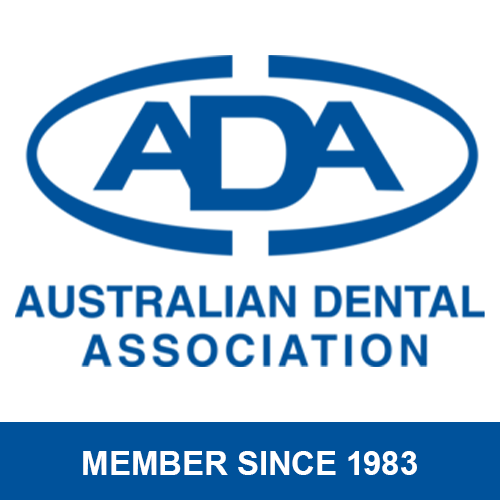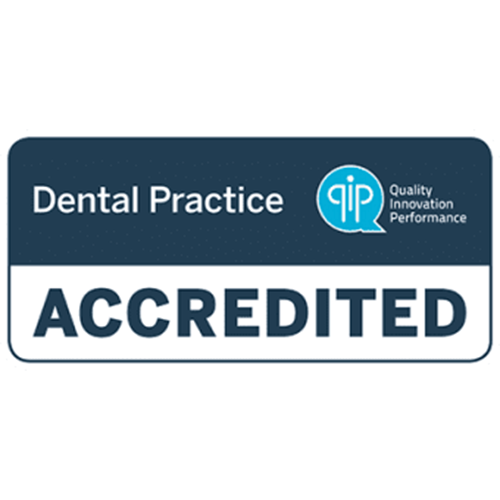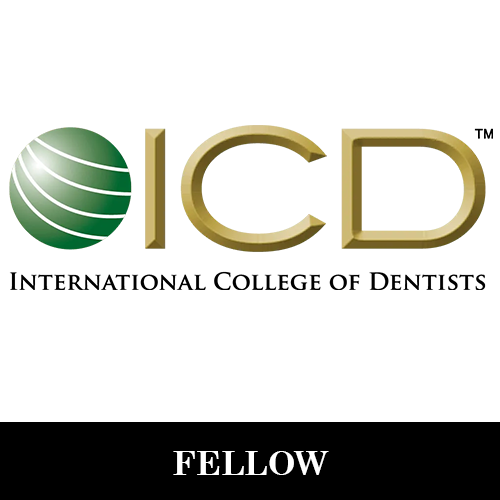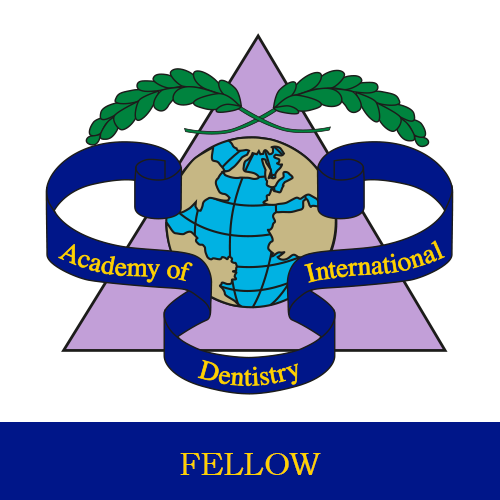Your Local Dental Clinic in Moss Vale
- Offering a range of services, from check-ups to restorative treatments
- Utilising state-of-the-art tools like CAD-CAM designed for accurate, efficient care
- Dental clinics tailor their treatments to meet each patient’s specific dental needs
- Sedation & modern techniques help provide a relaxed, pain-free experience
Book a Dental Consultation
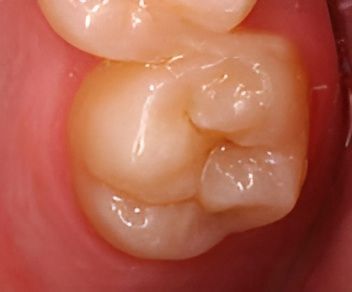
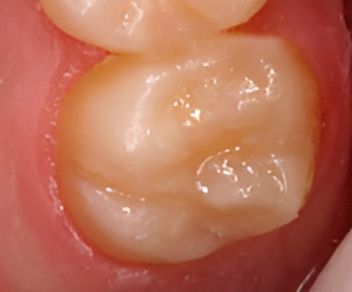
Dental Clinic That Put Clients First
At Dr Patrick J. Meaney & Associates, we understand the urgency of dental concerns and the need for swift, reliable care. Our dental clinic in Moss Vale, along with our services in Bowral, Mittagong and the Southern Highlands, is equipped to handle a wide spectrum of dental issues, from common problems like toothaches and cavities to more advanced concerns, such as dental abscesses, chipped teeth and bruxism. Our practice utilises cutting-edge technology, including CAD-CAM and CEREC®, designed for precise, efficient dental restorations.
We aim to provide comprehensive dental care, incorporating preventive and restorative treatments designed to meet your unique oral health needs. Our team is dedicated to delivering personalised care in a comfortable, professional environment.
Ready to take the first step towards improving your smile? Call (02) 4869 3111 to book an appointment with our Moss Vale clinic today.
Why Choose Our Dental Clinic?
Our dental clinic offers a range of services, from routine check-ups to more advanced treatments, all focused on promoting long-term oral health. We use the latest dental technology and techniques to provide precise, effective care. From preventive treatments to custom mouthguards, we aim to make every visit comfortable and productive.
- Advanced Restorations: CAD-CAM technology can enable same-day ceramic restorations
- Preventive Care: Fissure seals & resin restorations help protect teeth from decay
- Comfort Focused: Sedation options can provide a relaxed dental experience
- Custom Mouthguards: Tailored mouthguards to support active lifestyles
- Hygiene Care: EMS AIRFLOW® technology can offer a gentle, thorough cleaning experience
We prioritise patient comfort while striving to provide comprehensive care at every visit. We are dedicated to offering personalised treatments tailored to your specific oral health needs.
Schedule your consultation today to learn more about our dental services.
Frequently Asked Questions
Why is regular dental care important?
Regular dental care is essential for maintaining healthy teeth and gums. Routine check-ups and cleanings allow your dentist to catch potential problems early, such as cavities or gum disease, before they develop into more serious issues.
Preventive care not only helps avoid costly treatments but also promotes overall oral health, ensuring your teeth stay strong and functional for years to come.
How often should I visit a dental clinic?
It’s generally recommended to visit a dental clinic at least once every six months for routine check-ups and cleanings. Regular visits can help in the early detection of dental issues like cavities, gum disease or oral infections.
Your dentist can provide personalised recommendations based on your oral health needs, but sticking to the six-month guideline helps maintain long-term dental health and prevents more serious problems from developing.
What can I do to maintain good oral hygiene at home?
Maintaining good oral hygiene at home involves brushing your teeth at least twice a day with fluoride toothpaste, flossing daily and using mouthwash to help reduce plaque and bacteria. It's also important to avoid sugary snacks and drinks, which can lead to cavities.
Regular dental visits can complement your home care routine by potentially finding and addressing dental issues.
How do dental clinics use modern technology?
Modern dental clinics typically use advanced technology with the intent of improving the accuracy, comfort and efficiency of treatments. This can include digital x-rays for safer imaging, CAD-CAM systems for same-day restorations and tools like EMS AIRFLOW® for gentle, thorough cleanings.
These advancements can allow clinics to provide more precise and effective care while minimising discomfort and reducing the time required for treatments.
Locations We Service
Enquire About Your Dental Care Needs
Visit www.localsearch.com.au
Site Links
Our Services
Locations We Service
Contacts
ABN: 40 525 320 779
Trading Hours
- Monday
- -
- Tuesday
- -
- Wednesday
- -
- Thursday
- -
- Friday
- -
- Saturday
- Closed
- Sunday
- Closed



